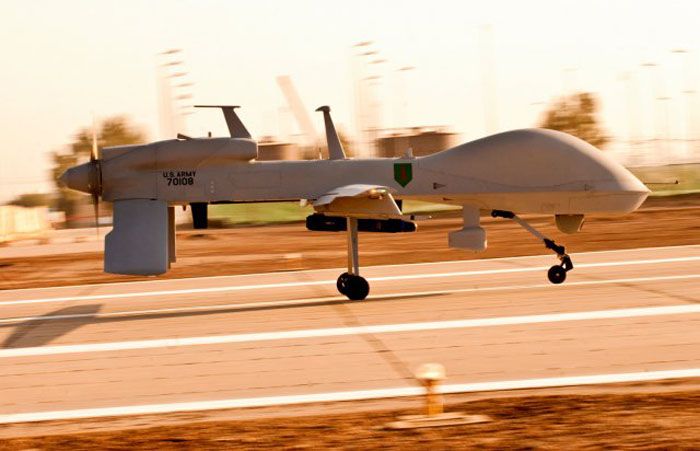
The vice chief of staff of the U.S. Army said this week that upcoming budget cuts should be seen as an opportunity to modernize that will help future forces.
In a keynote address before the Army Aviation Association of America’s annual conference on Wednesday, Gen. James Mingus tried to calm fears about looming cuts to the service following the announcement of the Transformation Initiative earlier this month.
“We are moving through a generational shift between manned and unmanned systems and from platform-centered to sensor and network-connected,” he said.
The initiative, the Army’s response to Defense Secretary Pete Hegseth’s call for a leaner, more lethal fighting force, aims to consolidate the service by shelving outdated weapons programs, eliminating general officer posts and cutting funding to future projects.
Among the programs to be cut are the Army’s Future Tactical Uncrewed Aircraft Systems competition and the MQ-1C Gray Eagle drone.
Gen. Mingus said tighter budgets will force the Army to make tough choices about where to spend its allocated funds. However, he added, the decisions the Army makes will ultimately keep service members safe.
“Ultimately, we’ve had to choose between competing priorities with a much smaller pool of dollars,” he said. “Despite the pressure, we are choosing to modernize. That’s not free, it comes at the cost of legacy structure.”
One of the projects that stands to benefit from shifting priorities is the Army’s Future Long-Range Assault Aircraft. The upcoming aircraft, built by Bell Labs, was initially scheduled for deployment in 2030. However, Army Chief of Staff Gen. Randy George told Congress earlier this month that the timeline could be expedited, with service members getting the aircraft by 2028.
At the conference, Gen. Mingus announced that the Screaming Eagles of the 101st Airborne Division will be the first to receive the next-generation aircraft.
The aircraft is also slated to receive a series of upgrades thanks to U.S. Special Operations Command, which lobbied the Army to improve the FLRAA’s payload capacity. According to SOCOM, each FLRAA will come equipped with enough payload capacity for all special mission equipment used by U.S. special forces. SOCOM says that the payload increase will improve both preparedness and efficiency for the Army.












